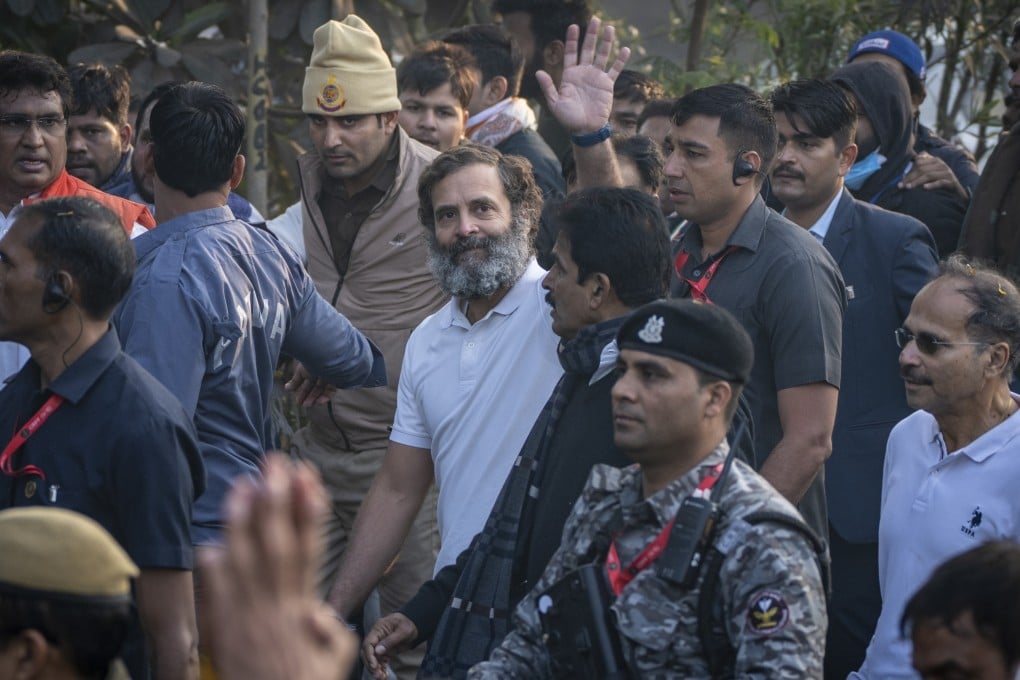Rahul Gandhi for PM? Unite India march elevates Congress scion’s message of peace and love in Modi’s ‘bazaar of hate’
- The Congress party figurehead’s 3,500km cross-India trek has resonated with ordinary Indians, who’ve turned out in their thousands to join him
- Observers say it’s helped reinvent the 52-year-old’s image and positioned him as a credible challenger to the dominance of Narendra Modi and his BJP

The new one has a luxuriant beard, meets the people in a T-shirt and a pair of trainers and says he is guided more by positive vibes than political calculations.
Critics have accused him of conducting a PR stunt commensurate in scale to the ego of the Gandhi political dynasty, who have relentlessly pushed him forwards as a potential prime minister only to find he keeps getting rejected by the Indian people.

But a few weeks before the scheduled end of his yatra (march) in the Himalayan foothills, admiration and curiosity have grown.
Analysts say Gandhi has ignited debate on equality and the nature of modern India; successfully moved away from his aloof, elitist image of yesteryear; and been reborn as an earnest, thoughtful everyman who’s finally connecting with the country he so desperately wants to lead.